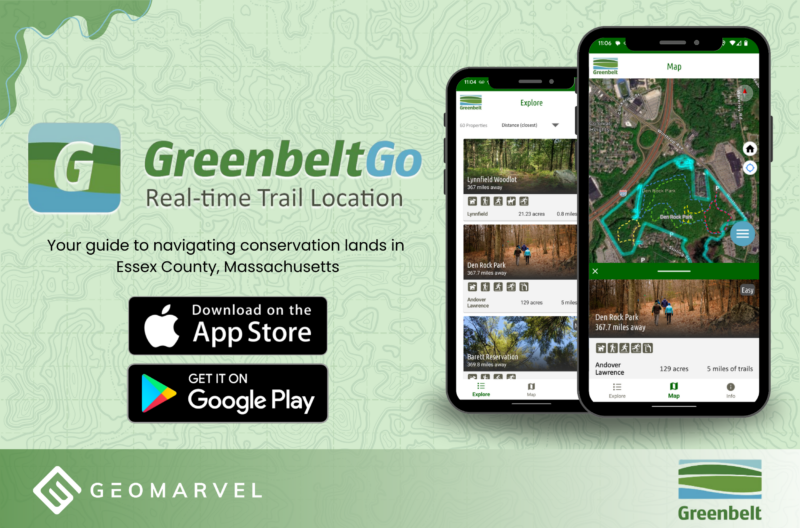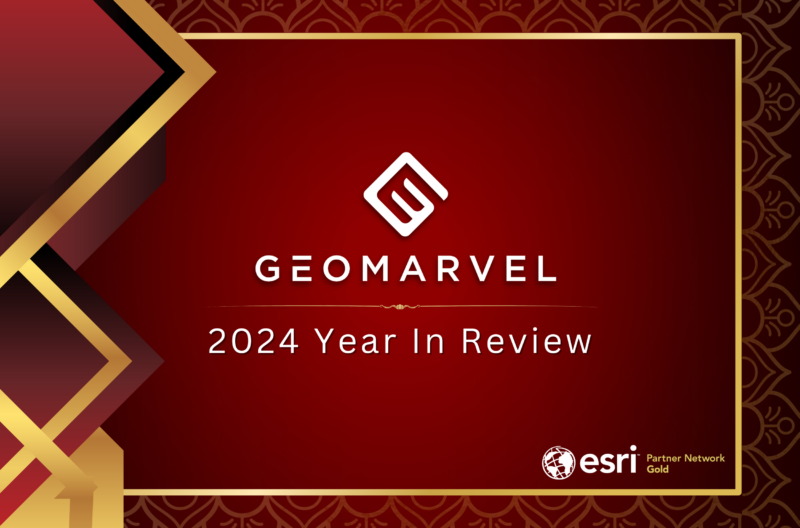One of the most destructive forces in the solar system, asteroids can impact life as we know it. And according to the European Space Agency (ESA), original calculations gave QV89—a 164-foot asteroid—a 1 in 7000 chance of colliding with Earth on the morning of September 9th, 2019. But this asteroid has most recently been classified as NO HAZARD, as it is not expected to hit the Earth.
Near Earth Objects
The ESA has a full Risk List of asteroids with the potential to impact the Earth. Explore the data: sort the “Date/Time” column to see the next asteroid at risk of hitting the Earth, or sort by “IP Max” to visualize the asteroids with the greatest impact probability, like the 9-meter asteroid that has a 1 in 16 chance of impacting Earth in 2095. And although this asteroid is small, it goes to show how common asteroid impacts truly are.
NASA’s Jet Propulsion Laboratory (JPL) has a similar list of near-Earth objects, with daily close approaches. Let’s see just how close the asteroid 2019 QY4 will come to Earth on September 10th.

The asteroid 2019 QY4 has an estimated diameter ranging from 7-15 meters, but will pass the Earth at roughly 2.5 Lunar Distances away. Meteors in the 5-10 meter range collide with the Earth about once a year, and can explode with a power comparable to the atom bomb dropped on Hiroshima. But luckily they’re too small to reach the planet’s surface.
Remember the meteor that exploded just above the city of Chelyabinsk, Russia in 2013? This 20-meter bullet from space was traveling over 11 miles per second, and exploded just 14 miles above the city, resulting in thousands of damaged buildings, and 1,500 people being sent to the hospital.
“These events are not rare; they happen.” – Jim Bridenstine, NASA Administrator
A History of Asteroid Impacts
Obviously the most famous asteroid impact is the one believed to have wiped out the dinosaurs. The Chicxulub crater in Mexico is the generally accepted point of impact that resulted in this mass extinction event. Let’s take a walk down asteroid lane to see some of the other impacts the Earth has endured in the past.
Get Support
When talking about asteroids, location is everything. Figuring out the location, size, speed, and trajectory of an asteroid can help us determine the level of threat each asteroid poses to life on Earth. Whether you’re analyzing threats from space, or monitoring changes here on Earth, it all starts with location intelligence.
GeoMarvel wields over 20 years of industry experience, and boasts a vast portfolio highlighting our past successes. Have a unique GIS project in mind? Reach out to our GIS industry experts to start a conversation today.



